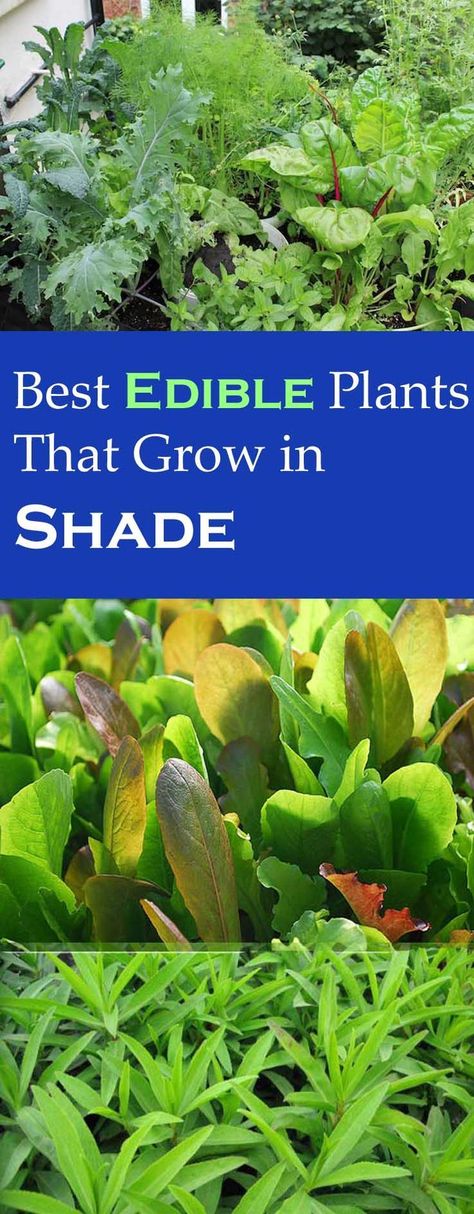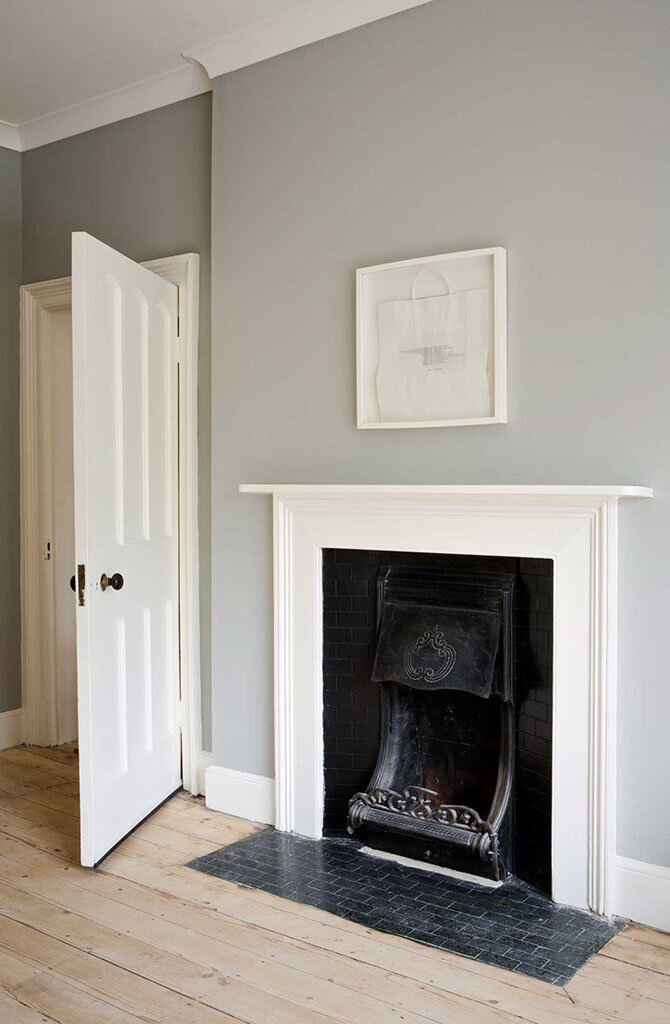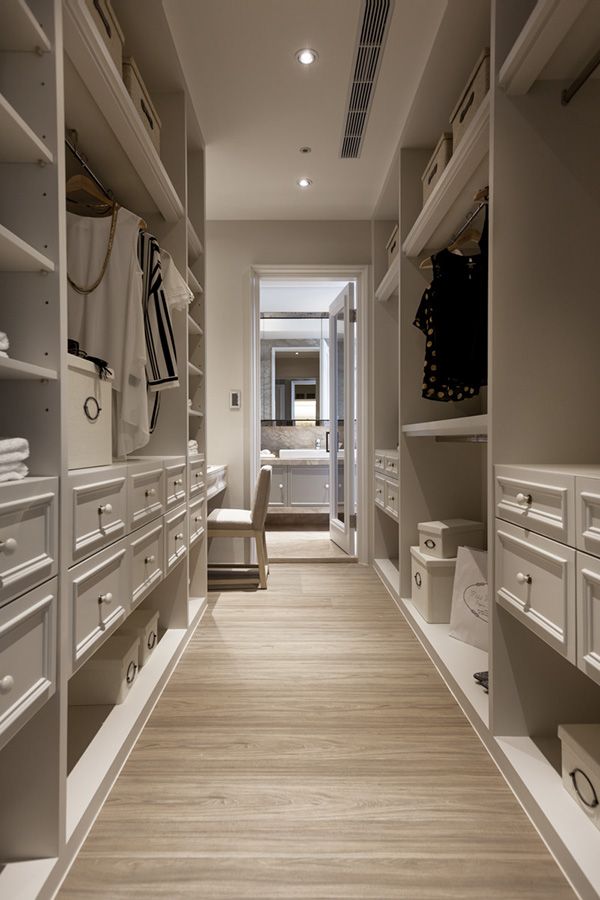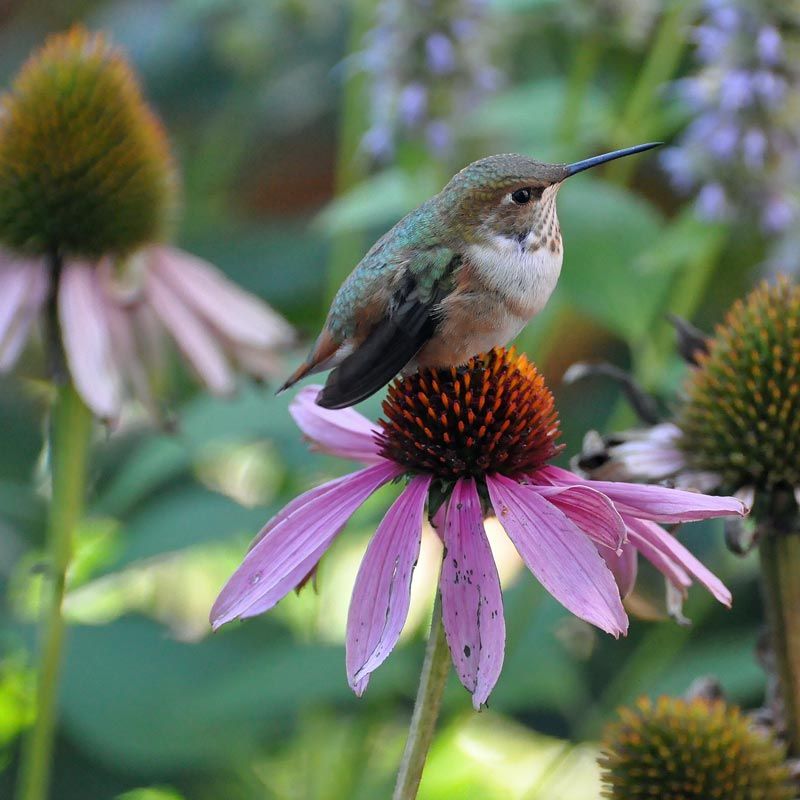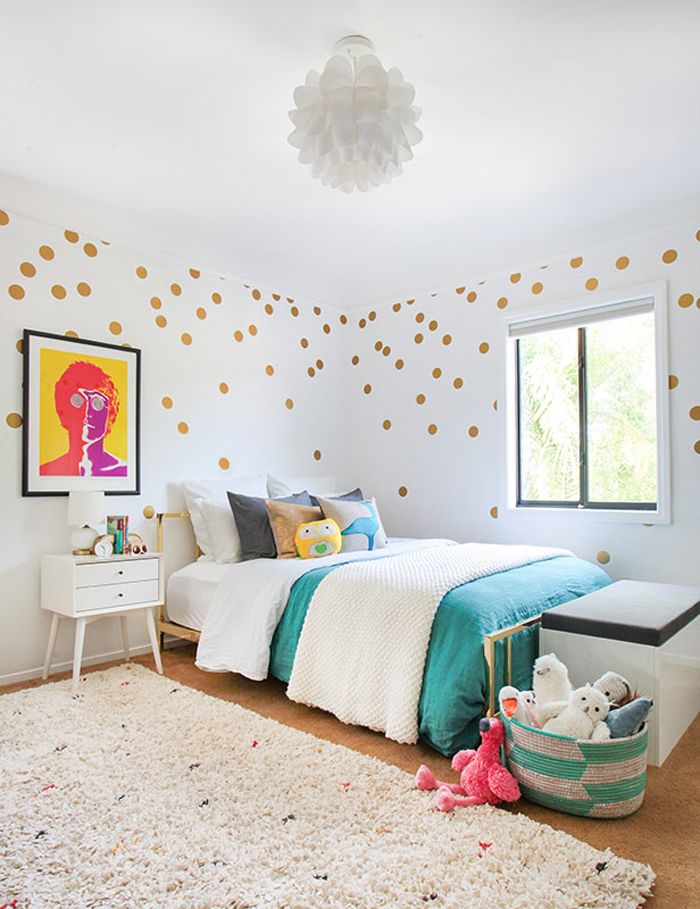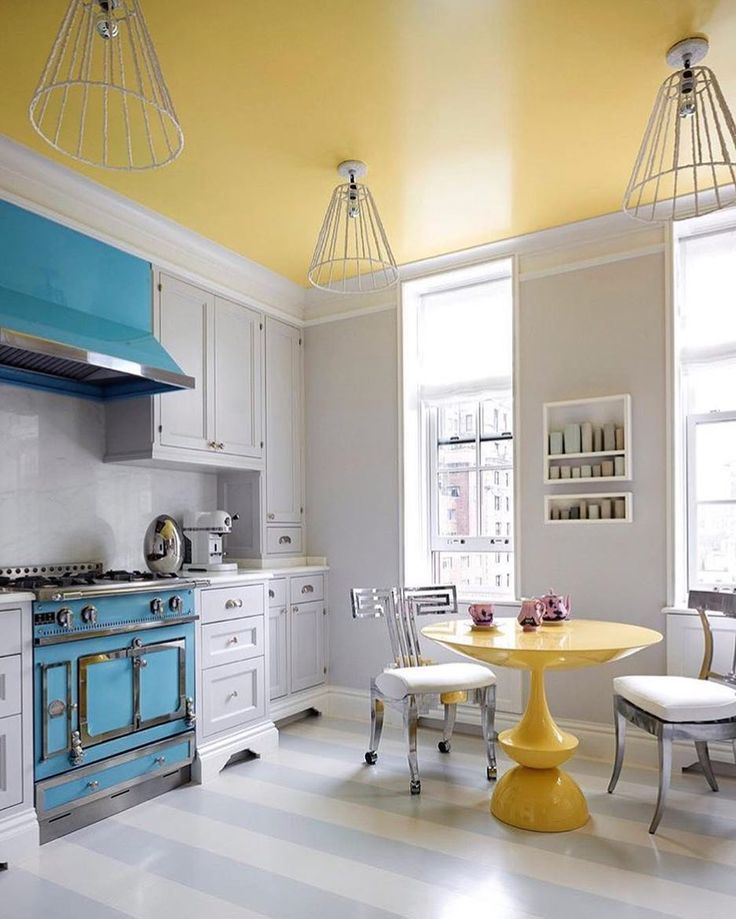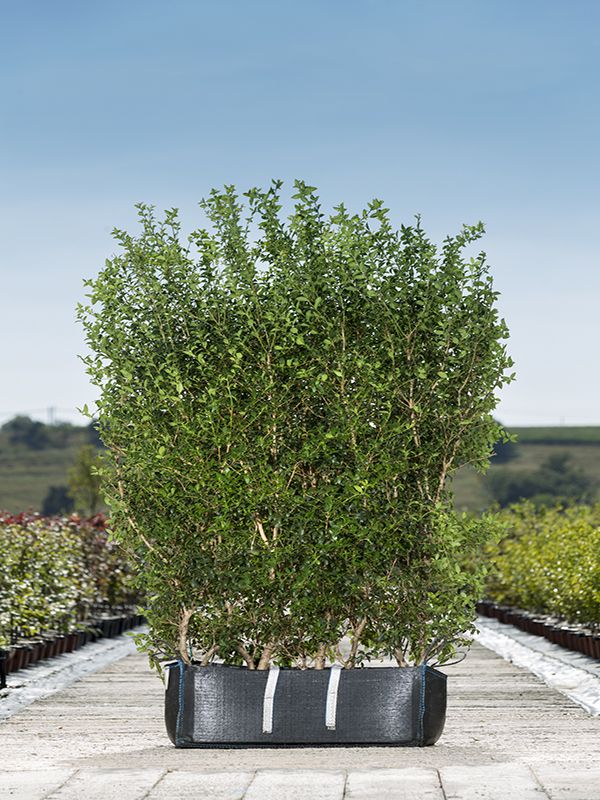Growing in shade
Shade-Tolerant Vegetables and Herbs — Seattle's Favorite Garden Store Since 1924
Don’t give up on a vegetable garden because you have more shade than you would like. Many gardeners don’t have the opportunity to grow in the ideal 8+ hours of full sun, especially in the city. However, many veggies can tolerate partial shade; a few even appreciate it!
“Partial shade” refers to areas that are exposed to 3-6 hours of sunlight. Areas that receive dappled sun or filtered sunlight for most of the day are also considered to be in partial shade. Even in less-than-ideal sun exposure, you can still do some veggie gardening. Just try it out and see! Often, gardeners with shade garden success earned it with a little trial and error.
Try these shade-tolerant vegetables in your garden:
Salad greensarugula, endive, lettuce, sorrel, spinach
Salad greens generally do well in cooler weather and they welcome some shade! It can be tricky to grow them during the hottest part of the summer because these veggies go to seed (also known as bolting) more quickly with too much heat or sun. However, a shadier spot can help extend their production. Salad greens tolerate 3-4 hours of sun per day very well.
collards, kale, mustard greens, swiss chard
These leafy greens are often served cooked. With 3-4 hours of sun daily, they will grow more slowly but you can harvest them as “baby greens” and they will be tender and sweet.
Root veggiesbeets, carrots, potatoes, radishes, rutabaga, turnips
You can harvest root veggies before they reach their full size for "baby" vegetables, or wait a little longer for a fully mature crop. They’ll take a little longer to reach full size in 4-5 hours of sun, but partial shade will prevent them from bolting (going to seed) too quickly. Radishes especially prefer a bit of shade from the heat of summer, to keep them from turning woody and bolting. Consistent watering is also important to avoid woodiness and bolting. Keep in mind that you can harvest the delicious greens of beets, turnips, and radishes even if the root stays small.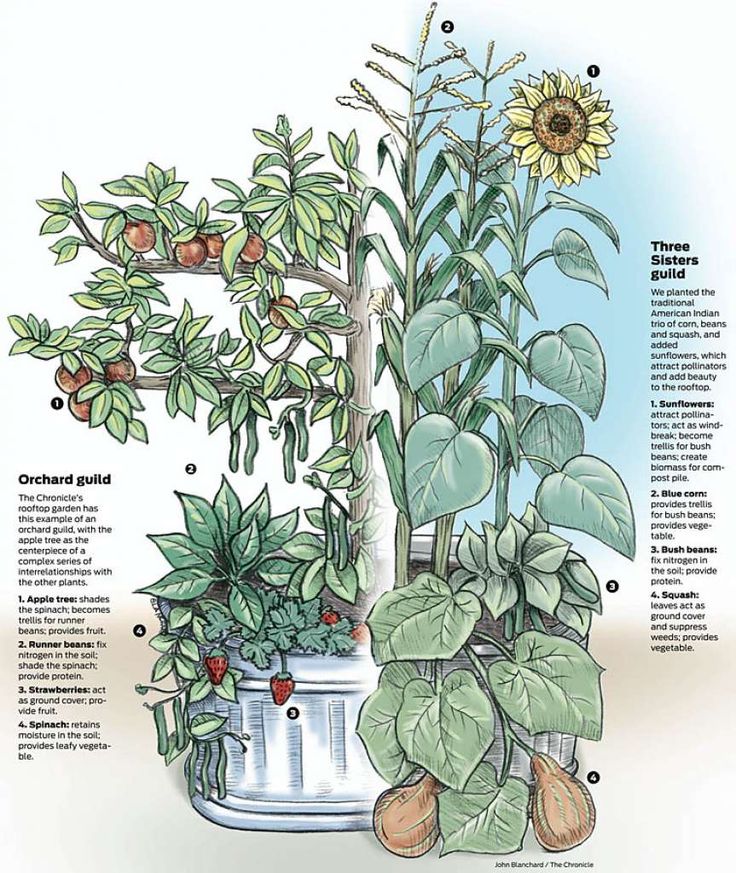
Broccoli and cauliflower, brussels sprouts, cabbage
These veggies in the Brassica genus grow tighter heads and flower later with partial sun. With broccoli and cauliflower, you may be able to get a second smaller crop after you cut off the main central head. These cool-weather plants do well with 4-6 hours of sunlight daily.
Peas and beansBeing in a shaded spot will lengthen the growing season for peas and beans! These veggies can do well with about 4-5 hours of sun daily. Remember to pick peas and beans regularly to encourage continued growth. Read more tips in our blog post on how to grow peas.
Leeks and onionsLeeks and onions do very well in cooler, moist environments. They can get by with at least about 4 hours of sun per day.
Herbsmint, chervil, chives, coriander/cilantro, oregano, parsley
Herbs make great additions to a shady veggie garden! Keep in mind these herbs will grow more quickly and densely with more sun, but they usually still do well with 4 hours of sun per day.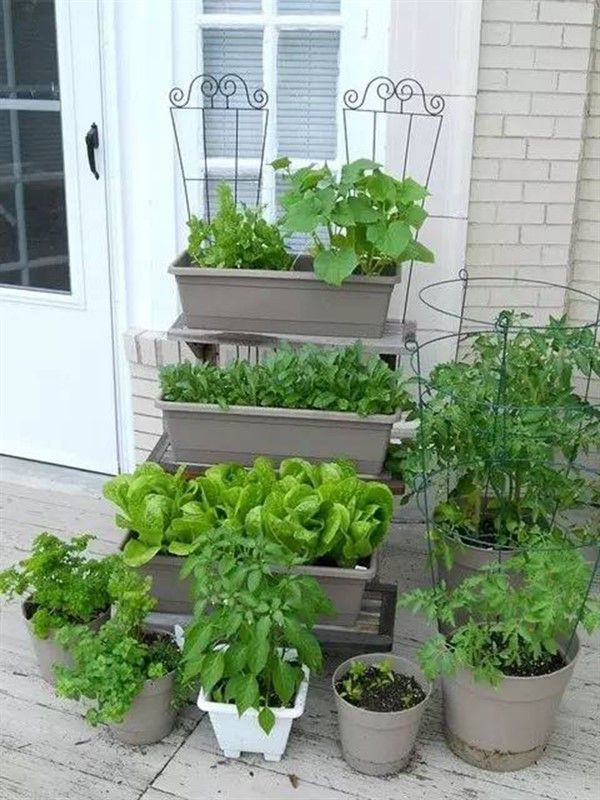 Also, note that mint is such a vigorous grower that it’s best to put it in a container so it doesn’t take over your garden.
Also, note that mint is such a vigorous grower that it’s best to put it in a container so it doesn’t take over your garden.
Meals are best when the ingredients are home-grown; don't let some shade stop you! Happy planting!
Vegetables to Grow in Shade: Growing Tips and Garden Plans
If you’re not blessed with a sunny garden space, see our list of vegetables (and fruit) that will grow in partial shade, as well as vegetables that will NOT grow in shade. Plus, see our tips and design ideas for a partial-shade vegetable garden.
Although fruiting vegetables such as tomatoes, peppers, cucumbers, and squash need at least 6 hours of full sun daily to give you a good harvest, most crops can “get by” with part sun or part shade (3 to 6 hours of direct sunlight).
Assessing Your Garden’s Light Levels
Before you even think about what to plant, make note of just how much sun your site actually receives; you might be surprised! There are different levels of shade and it will often change with the seasons.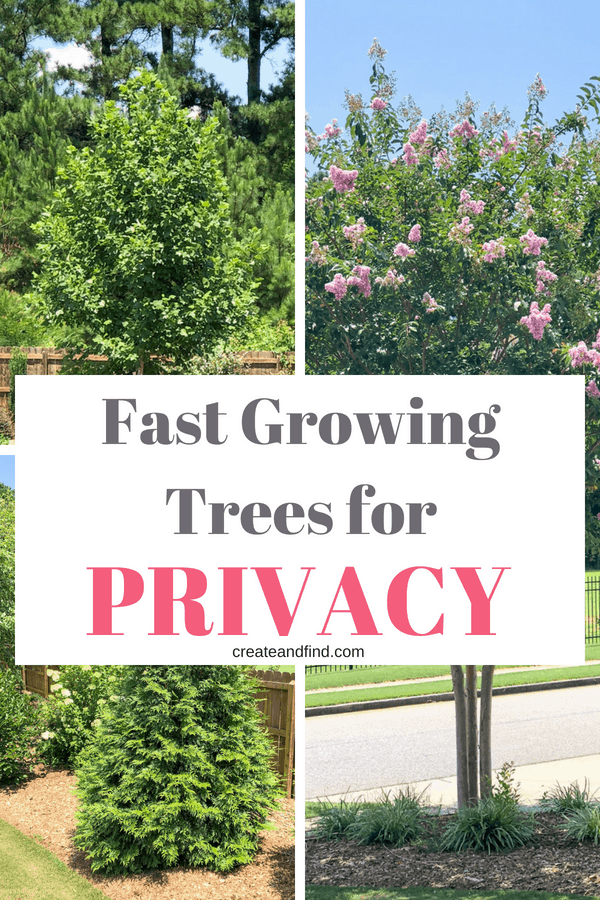 Here are the common terms associated with light levels in the garden:
Here are the common terms associated with light levels in the garden:
- Full sun is considered to be 6–8 hours (or more) of direct sunlight per day. Peak sunlight hours are between 10 am and 2 pm.
- Partial sun is 3–6 hours of direct sunlight per day.
- Partial shade is about 3 hours of direct sunlight per day.
- Full shade is less than 3 hours of sun and dappled light for the rest of the day.
- Light shade or dappled shade is bright sun filtered through the leaves of trees overhead.
- Deep shade gets no sun at all. You won’t be growing any vegetables here.
Once you have figured out how much sun you have to work with, you can get planning! Morning sun with afternoon shade is the best situation for many plants whether they are vegetables, annual flowers or perennials.
Carrots and leeks do well in this shady spot.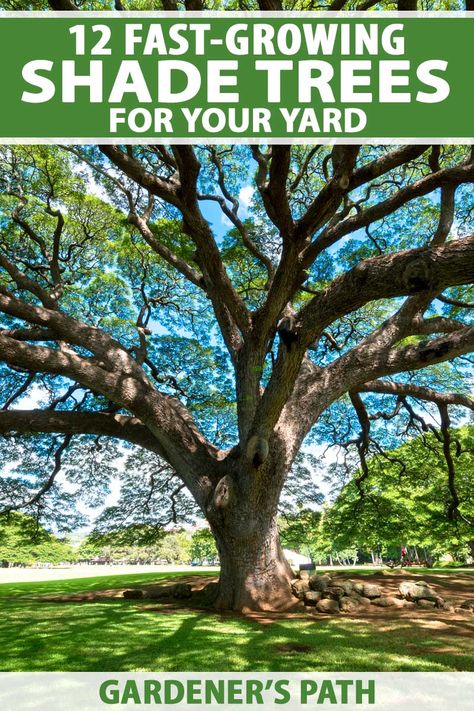 Photo by Robin Sweetser.
Photo by Robin Sweetser.Which Types of Vegetables Do Well in Shade?
- Cole crops are tolerant of partial sun or partial shade. Broccoli, cauliflower, kohlrabi, turnips, kale, and rutabagas will grow well with less than a full day of sun, but may take longer to mature. Cabbage will also grow in shade, but they may not form tight heads.
- Root crops such as radishes, carrots, potatoes, and beets can grow in as little as 3-4 hours of direct sun with light or dappled shade for the rest of the day.
- Leafy greens such as lettuce, arugula, kale, bok choy, and chard are happy with just a few hours of sunshine each day. In fact, keeping them out of midday sun can prevent their tender leaves from wilting.
- Climbing vegetables do well in areas that are shaded in the morning but sunny by afternoon. Cucumbers and pole beans will clamber up supports into the sunshine.
- Perennial vegetables such as rhubarb, asparagus, and Jerusalem artichokes can be grown in partial sun or partial shade.

- Vegetables that are susceptible to bolting, like broccoli, cauliflower, and spinach, can benefit from being grown in partial sun, particularly in hotter climates.
- For areas that receive morning sun then afternoon shade, try vegetables such as celery, carrots, and bush beans.
Vegetable Growing Guides for Shade
Here is the list of our Growing Guides for shade-tolerant vegetables and herbs:
- Arugula
- Beans
- Beets
- Broccoli
- Cabbage
- Carrots
- Cauliflower
- Chard
- Cilantro
- Garlic
- Kale
- Kohlrabi
- Lettuce
- Parsley
- Parsnips
- Potatoes
- Radishes
- Rutabagas
- Spinach
- Turnips
Fruit to Grow in Shade
- Sour (acid) cherries actually fare better in shady plots, as they don’t need the sun to sweeten them. Plus, they look very pretty when trained on a north-facing wall.

- Currants and gooseberries also grow and crop quite well in partial shade. Train them as cordons or as fans against a wall to ensure the branches are well spaced and that light can reach all parts of the plant.
- Cane fruits such as blackberries and raspberries can also cope with some shade, but will fruit better in more sun.
- Rhubarb is another great crop for a shady spot.
- In terms of fruit trees, pears and plums are your best bet. Pears do need a few hours of sun, preferably in the afternoon. Plums are a great choice for a landscape that gets morning sun and afternoon shade. Just remember, many varieties of pear and plum trees need a cross-pollinator to fruit, so you may need more than one tree.
- Wondering about strawberries? Alpine strawberries are much tougher than normal strawberries. Try a variety called ‘Alexandria’ for shade.
See all of our Fruit Growing Guides.
What NOT to Grow in Shade
Heat-loving crops such as tomatoes, peppers, eggplant, squash, and melons simply won’t grow without full sun.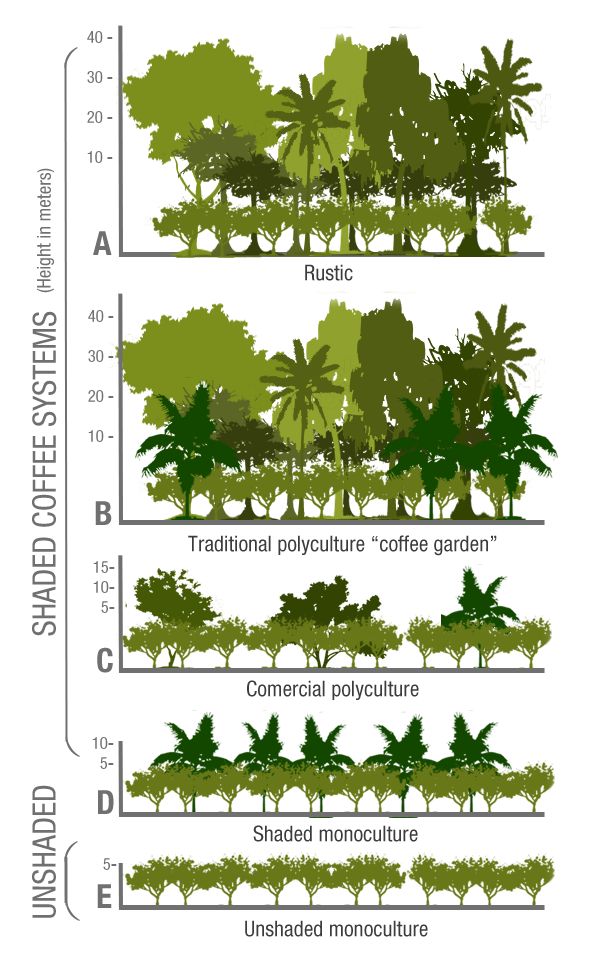 They need hot, sunny days in order to produce bountiful fruit.
They need hot, sunny days in order to produce bountiful fruit.
Most fruit trees need LOTS of sun. Citrus, peach, nectarine, apple, and apricot trees all need direct sun and won’t thrive in shade.
6 Tips for Growing in Shade
- In all but the hottest climates, use the sunniest parts of the garden to start seeds in a seedbed or in pots or modules, then transplant them to another bed once they are larger and more able to cope with shade. Using grow lights indoors can give early-sown seedlings a boost.
- Reflect any available light into shadier parts of the garden by painting walls and fences white, or use mirrors and other reflective surfaces such as shiny metal or foil.
- Shadier corners are slower to warm up in spring and quicker to cool down in fall, so use cold frames or row covers to warm up the soil earlier and extend the growing season later on.

- Slugs and snails often lurk in shady areas, so use beer traps and delay laying mulches until the weather warms up.
- Leave plenty of space between plants to help maximize light penetration.
- You may not need to water as often when gardening in the shade, since less moisture evaporates. Do take care when gardening directly under trees, however. Their roots tend to compete for available water and nutrients and their leafy canopy will block some rainfall from reaching the ground.
Read about flowers and ornamentals that grow in the shade.
Painting this shed white helps it reflect more light on this sprawling squash. Photo by Robin Sweetser.3 Garden Plans for Partial Shade
The garden plans below are “partial shade,” so they will also have sun-loving plants in them. For example, the first plan has shade on the left where the leafy greens are, but the squash and tomatoes on the right will need full sun. Likewise, the third plan has shade at the top, but full sun elsewhere because corn, beans, squash, and tomatoes all like full sun.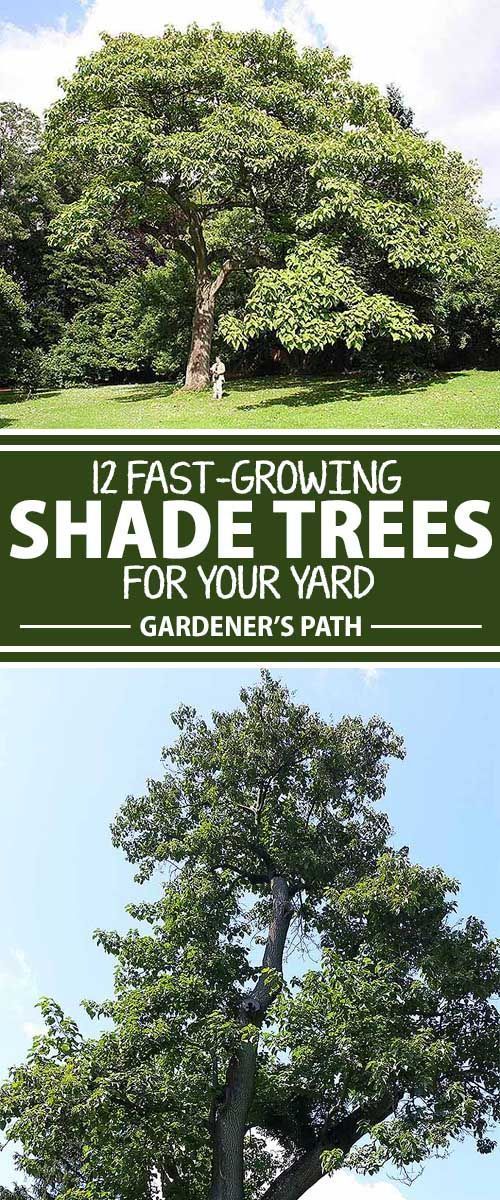
After you review the examples below, enjoy hundreds more garden plans with a free 7-day trial of the Almanac Garden Planner here.
1. Partial Shade Garden Plan: Home Garden
See plant list and more details about this garden here.
2. Partial Shade Garden Plan: Traditional Rows
See plant list and more details about this garden here.
3. Small Garden Plan: Community Garden
See full plant list and more details about this garden here.
For more free garden layouts, return to our main page of free garden plans.
Try the Almanac Garden Planner
The Old Farmer’s Almanac Garden Planner makes it simple to choose crops suitable for shadier spots. Click on the Custom Filter button, select the ‘Partial Shade Tolerant’ option and click ok. The selection bar will then display just those crops suitable for growing in these conditions. Easy!
Importantly, the Garden Planner will also calculate your local planting dates, calculate plant spacing, provide you with a printable planting calendar, and so much more!
Try a 7-day free trial of the Almanac Garden Planner here.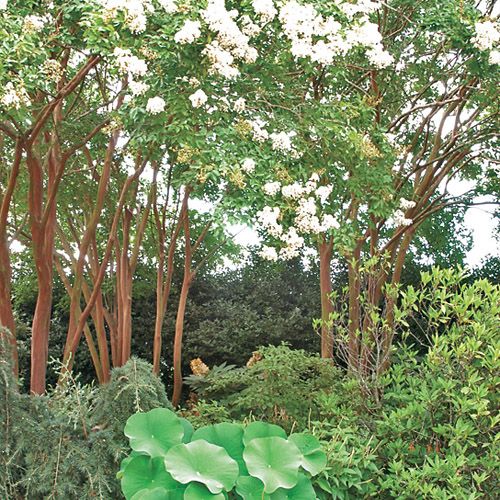
What to plant in the shade? - Plants that grow well in the shade
Even from the school biology course, we remember that plants need sunlight. Without exposure to light, the process of photosynthesis in leaves and stems stops, and eventually the plant dies. Therefore, all recommendations for planting vegetables and berries begin, as a rule, with one sentence “choose a well-lit area”.
But in every dacha there are places where the sun's rays rarely reach. Under the crowns of fruit trees, by a fence, behind a house or behind a bathhouse, there is always an ownerless piece of land where one would like to plant something useful, but after all, a shadow. And what to plant in the shade if nothing grows there? It is not true, some vegetables and shrubs are acceptable in the shade, grow well and produce a crop, despite the meager "light ration".
Let's make a reservation right away that the shadow in the southern regions, in the middle lane and in the north are different concepts.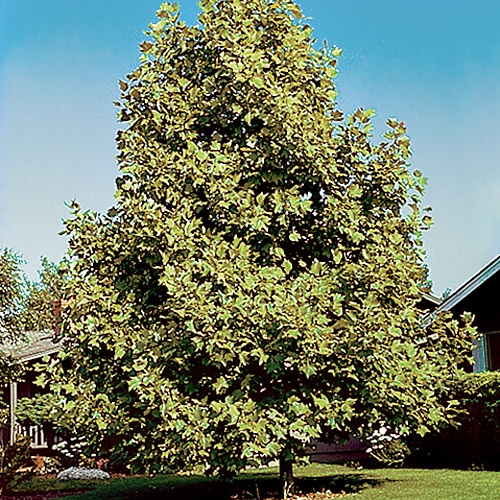 And if in the south in partial shade you can grow cucumbers, and zucchini, and pumpkins and watermelons, then in the north you will have to do with greens and salads. Here we will consider crops that can be easily planted in the shaded areas of the Middle Strip.
And if in the south in partial shade you can grow cucumbers, and zucchini, and pumpkins and watermelons, then in the north you will have to do with greens and salads. Here we will consider crops that can be easily planted in the shaded areas of the Middle Strip.
Shade vegetables
Rhubarb
A versatile vegetable whose sour stems can be used to make anything from soups to desserts. Rhubarb bushes grow well in the shade, if you do not forget about timely watering. If you want to plant rhubarb, it is better to ask the neighbors for a part of the rhizome - then the bush will grow faster, gain strength and give juicy stems. When planting seeds, you will have to wait a year or two until the plant gets stronger.
Salads
Lettuce, Odessa kucheryavets and other types of leaf and head lettuce, sorrel, spinach, chard, arugula, watercress, leaf mustard feel great on a shaded garden bed. Perhaps they will not give such powerful leaves as in the sun, but they will remain tender for a long time, will not coarsen, will not be bitter, and will not go into color for a long time.
Perhaps they will not give such powerful leaves as in the sun, but they will remain tender for a long time, will not coarsen, will not be bitter, and will not go into color for a long time.
Ramson
Ramson or bear's onion, a plant that combines the taste of garlic and onion, is considered a medicinal plant. By adding a couple of wild garlic leaves to your spring salad, you will provide yourself and your family with an additional portion of vitamins. Since in nature the wild garlic grows in the forest, under the powerful crowns of trees, a thick shadow for her is her home.
Borago - borage
In the spring, when your cucumbers are not even planted for seedlings, the aroma and taste of a fresh cucumber in a salad will be provided by the leaves of borage - borage.
This plant is not afraid of shading and short-term frosts, is practically not affected by pests and does not cause any trouble in growing.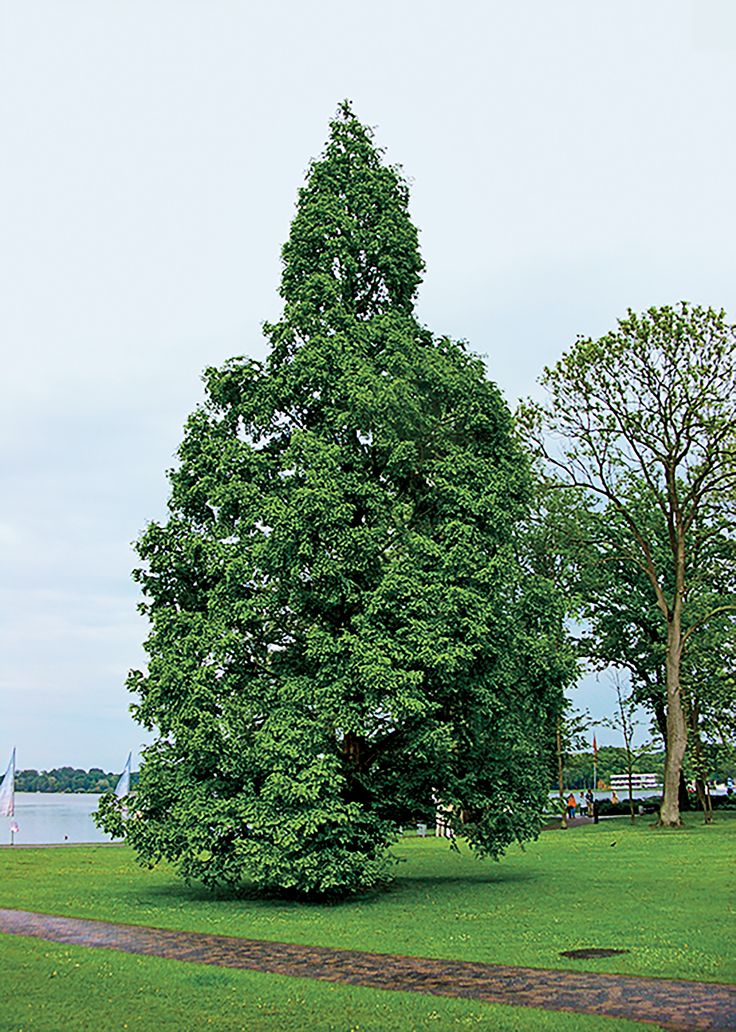 But early vitamin greens are regularly supplied to the table by borage.
But early vitamin greens are regularly supplied to the table by borage.
Garlic
For those who are not fond of canning vegetables for the winter, do not like spicy sauces, do not dry garlic to make powder, but grow it exclusively as a spicy seasoning, which does not need much, you can easily plant garlic in the shade under apple trees , plums or between currant bushes. The heads, perhaps, will be smaller, but then a whole garden bed will be freed up for more light-loving vegetables.
Greens and spicy herbs
Some spicy herbs, for example, basil will not survive without the sun, but parsley, celery, cilantro, mint, oregano, lovage, tarragon, lemon balm, thyme will grow in the twilight and delight you with their aroma . If you decide to grow a "green garden" under apple trees, do not forget to cover the planting with a film while spraying apple trees with chemicals to prevent poisons from getting on edible greens.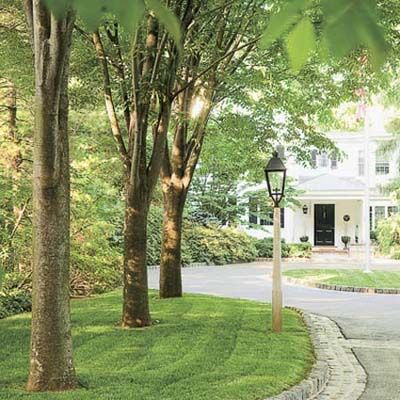
Beetroot
Gardeners who grow beetroot fall into two categories: some believe that beets should be strong and large, others prefer small root crops that are both tastier and easier to cook. If you are closer to the second position, then feel free to plant beets in the shade of trees. Rare sunlight penetrating through the crown will be enough for her, and the root crops will not outgrow. You can also grow root parsley and parsnips in the shade.
Perennial chives
Chives and slime chives thrive in partial shade and their greens become more juicy. Chives grow well and in a couple of years can fill all the space allotted for it without your participation. In addition to early greenery, chives produce beautiful lilac flower caps that delight people and attract insects to the site.
Beans and broad beans
Not all beans and broad beans grow well and bear fruit in the shade, but shade-loving varieties can be found.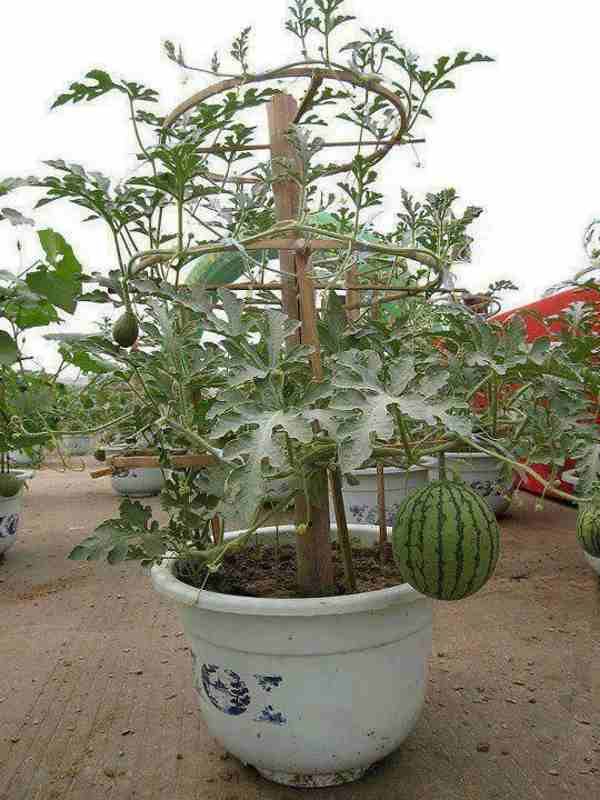 It is especially recommended to plant them under apple trees and, after harvesting, leave the tops as a green fertilizer to improve and enrich the soil.
It is especially recommended to plant them under apple trees and, after harvesting, leave the tops as a green fertilizer to improve and enrich the soil.
Horseradish
Horseradish is the king of shadow. Plant it in the darkest part of the garden, it will still grow and produce an excellent crop of tender leaves to use when pickling cucumbers.
Shade-growing berry bushes
Shrubs that naturally grow under the forest canopy tolerate shade well: irga, viburnum, chokeberry (aronia), blue honeysuckle. With them, the shady area will turn from a barren place into a real berry conveyor - just have time to collect.
Many wild roses are shade-loving. In the first half of summer, you will rejoice at their bright fragrant flowers and a cloud of useful bumblebees curling around, and in the fall you will harvest vitamin berries for drying.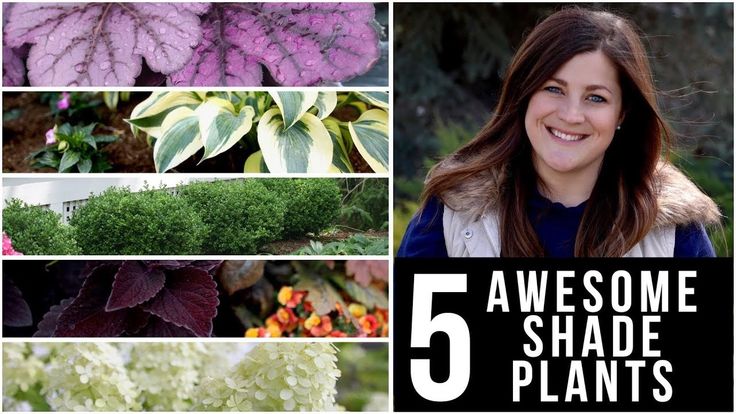
If you have an unoccupied dark patch of land along the fence, plant fragrant raspberries there - raspberries in the shade will be larger and juicier.
In the south, red and black currants can only be planted in the shade. Accustomed in nature to the moisture of swamps, the currant will not tolerate the southern drought if it grows in the sun. In the middle lane, currants (especially red ones) can also grow in the shade, but the berries will ripen later.
Make the most of the shady areas of your garden, don't be upset if you don't succeed with some of the recommended shade-loving vegetables - there are many options, and one of them will definitely turn out to be yours.
We wish you success and great harvests!
15 flowers growing in the shade. Detailed description with photo.
Many suburban areas, especially old ones, suffer from strong shading.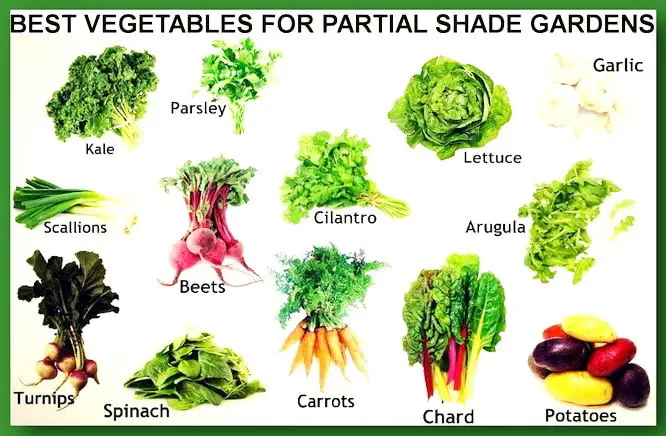 Due to the overgrown trees, there is almost no sun there, and the constant shade does not allow bright, beautiful herbaceous plants to bloom magnificently.
Due to the overgrown trees, there is almost no sun there, and the constant shade does not allow bright, beautiful herbaceous plants to bloom magnificently.
However, there are shade-loving, unpretentious annual and perennial flowers that thrive in such conditions. Planting them will allow you to brighten up even the darkest corners of your garden.
FLOWERS GROWING IN THE SHADE
Many amateur gardeners believe that all flowers need a lot of bright light. But this is far from true.
There are perennial and annual ornamental plants that need only a few hours of sunlight per day (morning or evening). And there are those who do not need light at all.
By the way, there is much more moisture and nutrients in the shade than in brightly lit areas. Therefore, some types of decorative flowers feel quite comfortable in partial shade and even full shade.
In this article we will tell you about perennial and annual flower crops growing in the shade. In addition, we will talk about shade-loving indoor flowers.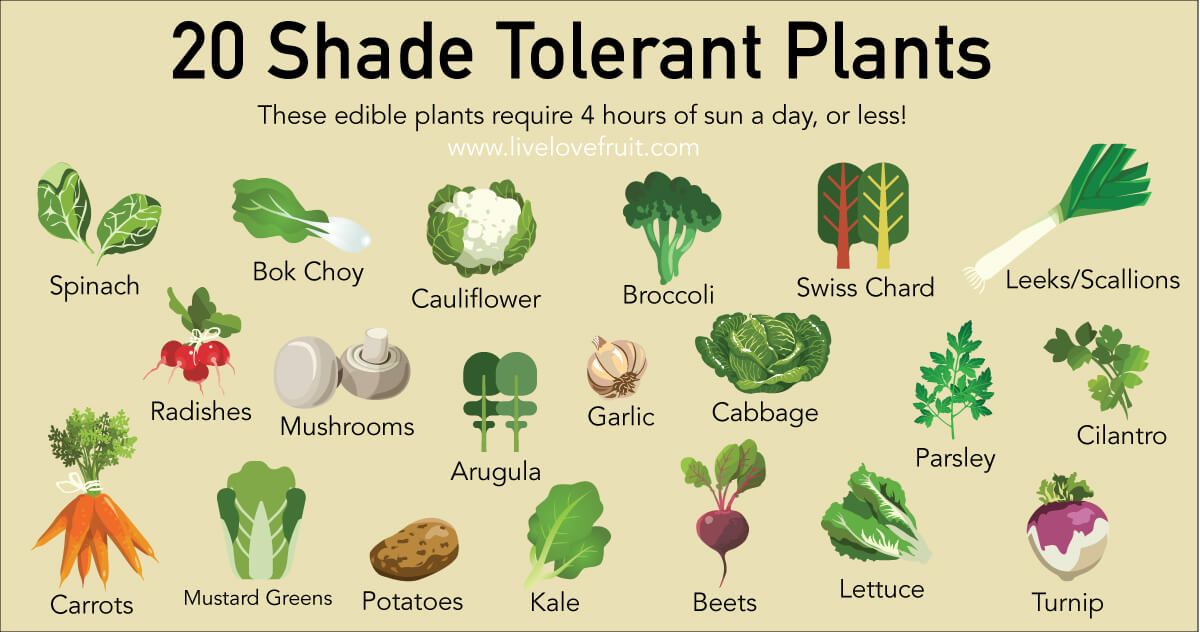
CHARACTERISTICS OF SHADOW-TOLING PLANTS
All shade-tolerant flowers can be divided into shade-tolerant and shade-tolerant .
Shade-loving garden flowers suffer from direct sunlight. They also include some indoor plants.
Perennial shade-loving crops include lily of the valley, begonia, hoof and periwinkle .
Shade-tolerant flowers do well in both shade and ambient light. Therefore, it is them that amateur flower growers prefer to grow in their garden. We will describe in detail about shade-tolerant and shade-loving flower crops below.
These plants are characterized by a low rate of photosynthesis. And outwardly, all shade-tolerant plants differ from sun-loving ones. They tend to have broader and thinner, softer leaves to capture even the slightest amount of sunlight.
Their leaves are usually flat and smooth in shape with a very bright dark green color.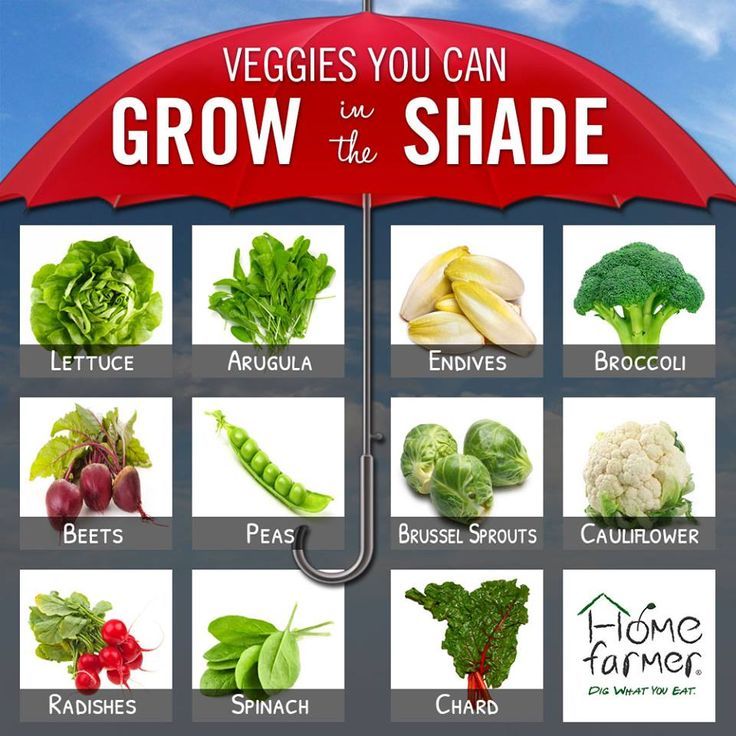
SHADOW-TOOLING COTTAGE FLOWERS
All shade-tolerant garden flowers can be subdivided into annuals and perennial . Consider each group separately and get acquainted with the brief characteristics of the most common shade-tolerant plants.
Shade-tolerant annual flowers
All annual flowers except Nasturtium grow through seedlings, sowing them from late February to mid-March. In early May, seedlings can be transplanted into flower beds.
Lobelia . Grows best in partial shade. It is a small spherical shrub 12 to 20 cm high with small delicate blue, white-pink, purple or purple flowers (their color depends on the variety).
Lobelia seeds are hard to grow, so sow them in mid-February. Transplant to the flower bed in early May. Flowering will begin in early May and continue until early September.
Lobelia borders planted along the paths of a shady garden look very nice.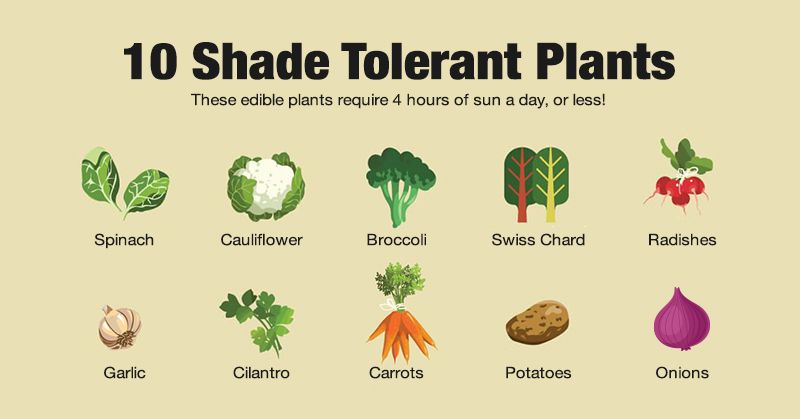
Best varieties: Purple Palace, Pink Riviera, Riviera colored carpet.
Nasturtium . Extraordinarily beautiful ground cover or ampelous flower with stem length from 30 cm to 1.5 m.
The stem is thick, the leaves are dense, beautifully rounded with wavy edges.
The flowers are large (up to 6 cm long), with a characteristic aroma, shaped like a net or a nightcap.
Flower color - bright yellow, orange, burgundy. It can be two or three colors.
Best varieties: Indian Princess, First Beauty, Peach Melba.
Scented tobacco . An evening flower with a surprisingly subtle and delicate aroma. A plant with a height of 30 to 75 cm with beautiful, bright - snow-white, yellow, orange, pink, fiery red flowers. Flowers in diameter - up to 8 cm.
Grow aromatic tobacco through seedlings. Sow seeds in the spring in mid-March, plant in a flower bed in early May.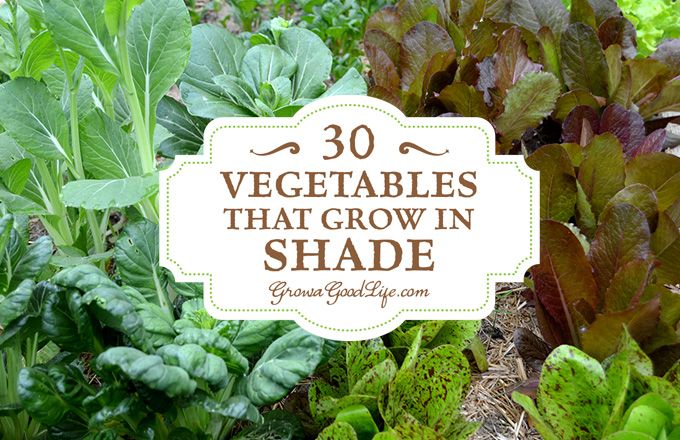
Blooms from June to early October.
Fragrant tobacco is unpretentious to the composition of the soil, but needs constant watering.
Best varieties: sets Carnival and Sensation .
Annual begonia . Shade-loving flower. Plant it only in a completely shaded area, such as under old trees. This plant is best grown in pots. Sow seeds at the end of February.
Seedlings can be planted in a flower bed or grown in wooden boxes or flowerpots.
It is a spherical bush with many stems. The height of the bush is from 20 to 35 cm. In ampelous varieties, the shoots reach a length of 70 cm.
The flowers are shaped like roses or carnations. Depending on the variety, they can be colored orange, pink, red or burgundy.
Flowering continues from early June to early October.
Best varieties: Copacabana red, ampelous Chanson Set Charm.
Mimulus . Very unpretentious, moisture-loving ground cover, beautiful flowering plant. Feels good in low-lying places flooded with rainwater.
Grows in bushes 25 - 35 cm high. Stems are bare, slightly raised with fleshy rounded petals. For their shape, the mimulus is popularly called the "lubastic".
Flowers, up to 3 cm in diameter, orange or copper red. The plant blooms from early July until the onset of persistent autumn frosts (mid-October).
Small mimulus bushes look very good in borders or borders located along the paths of the garden.
Grow this crop through seedlings. Sow seeds in mid-March. After two months, plant seedlings in flower beds.
Best grade: Magic white.
Marigold . Beautifully flowering shade-tolerant plants that are very fond of almost all gardeners. Their large and unusually bright - creamy white, yellow, orange or chocolate-golden flowers can enliven and decorate even the darkest corner of the garden.
Marigolds are very decorative, not only because of the huge bright flowers, but also because of the openwork carved leaves.
Various species and varieties can be stunted (from 20 to 40 cm) and tall (up to 1.3 m high), usually with double flowers.
Marigolds are drought tolerant and require little maintenance. They bloom from June to the end of October (if temperatures do not fall below -1 degrees).
Grow these plants through seedlings, sowing seeds in mid-March.
In the middle of May, you can safely plant them in flower beds.
Best varieties: Eskimo, Carmen, Golden Age, Orange King, Bonanza Bolero, Xochi, Kilimanjaro, Red Jam, Lemon Jam, Lemon Span, Orange Span, Mandarin Jam, Kurt Jester, Strawberry Blonde, Petit Orange, Mr. Majestic terry, Discovery yellow.
Shade-tolerant perennials
Introducing the most common and most ornamental shade-tolerant perennials.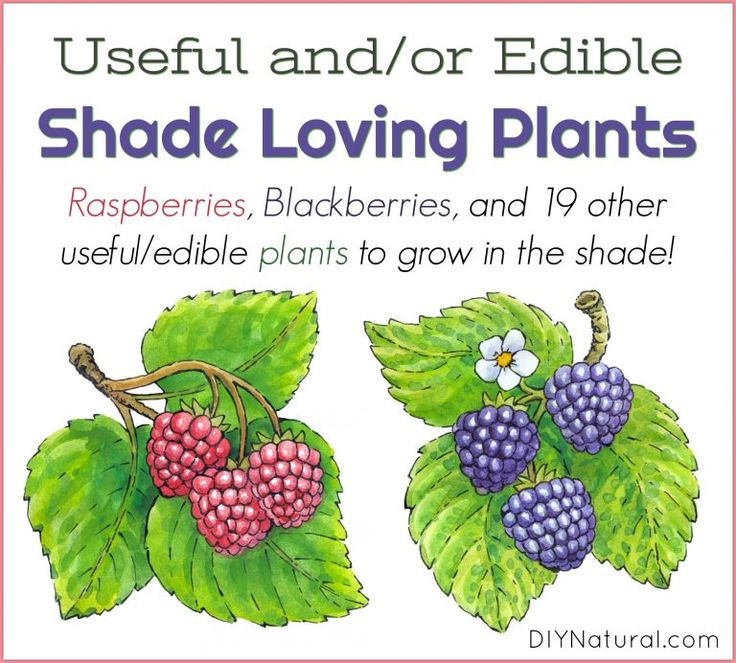
Feverfew . A beautifully flowering rhizomatous perennial from the Asteraceae family. Consists of one or more erect stems, pubescent and branched at the top.
Depending on the variety, the height of the plant varies from 35 cm to 1.5 m.
It blooms with white or pink reed flowers, up to 5 cm in diameter, collected in corymbose apical inflorescences.
Leaves are narrow, dissected, silvery grey. The root system is very powerful, going deep into the soil.
Blooms from early May to late June.
Best grade: Robinson.
Echinacea . The most beautiful species is Echinacea purpurea. A rhizomatous, beautifully flowering perennial from the Asteraceae family.
Plant height from 60 cm to 1 m.
It blooms with large single orange-red or burgundy densely double flowers from early July to mid-September. Grows best in partial shade.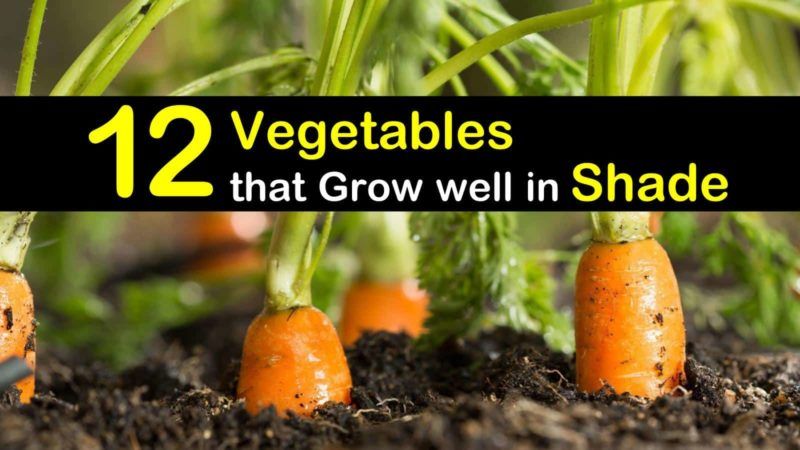
In addition to high decorative qualities, it has amazing healing properties.
Best grade: Purple robe.
Lupine . Ornamental herbaceous rhizomatous plant from the Legume family. Grows in strong bushes.
One of the most beautiful shade-tolerant perennials. Its huge inflorescence, which is an apical elongated brush, can reach a length of 1 m.
Flowers, depending on the variety, have the most varied color: white, pink, lilac, purple, cherry, purple and even yellow.
The feathery leaves, reminiscent of palm leaves in shape, also add charm to the plant.
Nitrogen-fixing nodules, located on strong lupine roots, allow you to accumulate a large amount of nitrogen in the soil and thereby improve its structure and enrich it with nutrition.
Lupine blooms from the end of May until the autumn frosts.
Best grade: Russell Bright Set .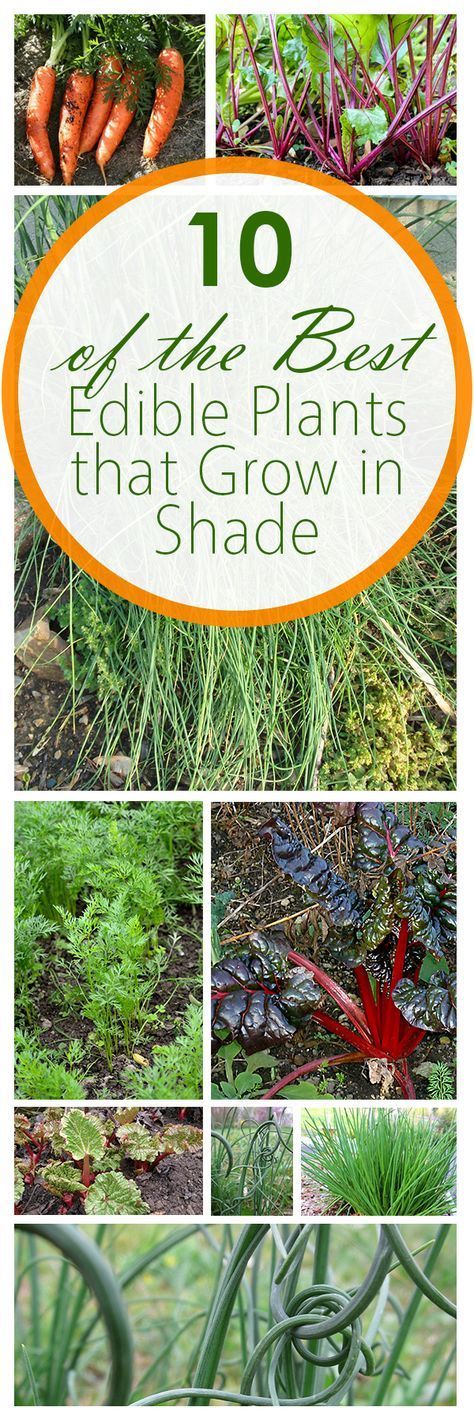
Carnation . Herbaceous rhizomatous perennial from the Carnation family. The most beautiful shade-tolerant species is the Alwood carnation.
Grows in low bushes. The height of the bush is 25 - 40 cm. The flowers are terry, medium-sized (up to 3 cm in size) collected in inflorescences up to 40 cm in diameter. Their color is pink, purple, red, cherry, one- and two-color.
Flowering lasts from May to the end of September and is accompanied by a surprisingly delicate, delicate aroma.
Shrubs grow quickly, so they are often planted along paths or along the borders of recreation areas.
Best variety: Alvuda Shades of pink .
Primula . One of the earliest rhizomatous perennials from the primrose family.
Blooms in spring at the end of April. Grows well in tree shade and partial shade.
It is a low-growing shrub 20-30 cm high.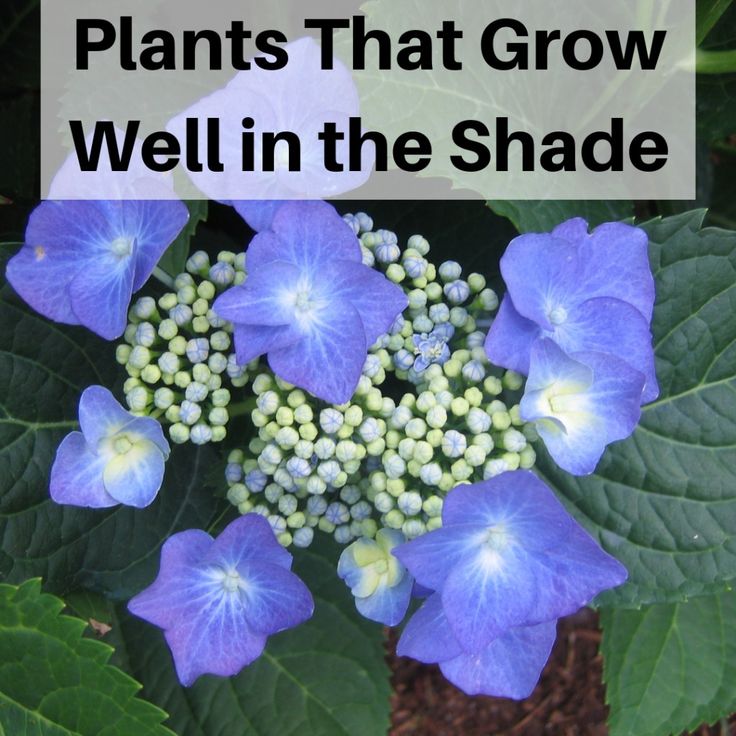 The leaves are wide, dark green. The flowers are snow-white or cream, collected in racemose inflorescences. They emit a very subtle, delicate fragrance.
The leaves are wide, dark green. The flowers are snow-white or cream, collected in racemose inflorescences. They emit a very subtle, delicate fragrance.
Blooms in spring until the end of May. They do not tolerate drought well and do not need spring sun.
Best grade: Accord blue harmony.
Gravity . Gravilat is one of the most beautiful decorative perennial flower rhizome crops from the Rosaceae family.
Plant height from 40 to 70 cm (depending on the species and variety). Bright red or golden yellow flowers up to 3.5 cm each, collected in large paniculate inflorescences. They emit a delicate, pleasant aroma.
Beautiful pinnate leaves arranged in a rosette.
Flowering begins in June and may last until mid-August.
The plant is very unpretentious and is characterized by increased frost resistance (up to -35 degrees).
Top grade: Lady Strafden.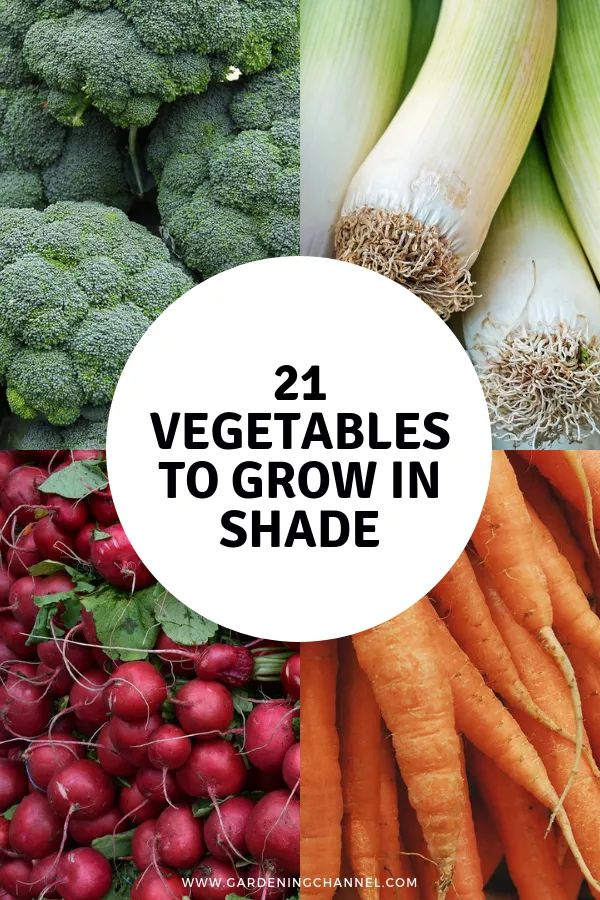
Aquilegia . Very delicate and beautiful herbaceous rhizome plant from the Ranunculaceae family.
It is a powerful sprawling bush, up to 1 m high. This plant loves water very much, so it has another name - catchment area .
Aquilegia flowers are unusual, as if consisting of two monochromatic or multi-colored (pink-violet, white-blue, white-pink, white-burgundy, orange-yellow) parts. Each part (inner and outer) has 5 petals.
The general shape of the flowers is bell-shaped. Their peduncles are long and thin, due to which the flowers seem to hang from the hard tops of the stems.
Single or trifoliate leaves are also dissected, which looks very decorative.
Aquilegia blooms from mid-May to late July.
Best varieties: Winky Terry Red & White, Terry Bright Set, Giant Mac Canna, Salmon Pink Clementine, Biedermeier Bright Set, Winky Terry Set.
SHADOW-LOVING INDOOR FLOWERS
The most beautiful shade-loving flowers that will grow well even in a room very shaded by old trees outside the windows, this is multiflorous jasmine and indoor begonia .
Jasmine multiflorum . Evergreen shade-loving indoor plant from the Olive family.
It is an evergreen vine up to 2.5 m long (in nature it can reach 6 m), which from spring to autumn is completely covered with large star-shaped white flowers collected in panicle inflorescences.
The plant in the flowering period envelops a marvelous aroma that fills the entire room. Jasmine multiflorum leaves are also very decorative. They are emerald green, openwork, complex pinnate.
Flowering occurs on the shoots of the current year.
Jasmine multiflorum is often confused with garden jasmine - mock orange. But this is a completely different culture.
Best variety: Multi-flowered.
Begonia indoor . Evergreen perennial shade-loving tuberous plant. The most common species are fringed and large-flowered .
Stems up to 80 cm long, hanging down, in several tiers. The flowers of large-flowered begonias resemble roses in shape, and fringed begonias resemble carnations.
The color range of indoor begonia flowers is very wide: from white, pink, red, orange, scarlet, cherry to maroon.
Large, blistered leaves. The plant has high phytoncidal properties, killing all pathogenic microflora in the room where it is located.
The best varieties: Camellia, Minutes of dreams, Lingonberry (set), Benefit (set).
CARE TIPS
Carefully choose where to plant shade-tolerant plants. It is best to plant them where sunlight penetrates only in the morning at dawn.
When planning to plant shade-tolerant flowers in a flower bed, we recommend placing them in a chaotic manner, rather than in even rows.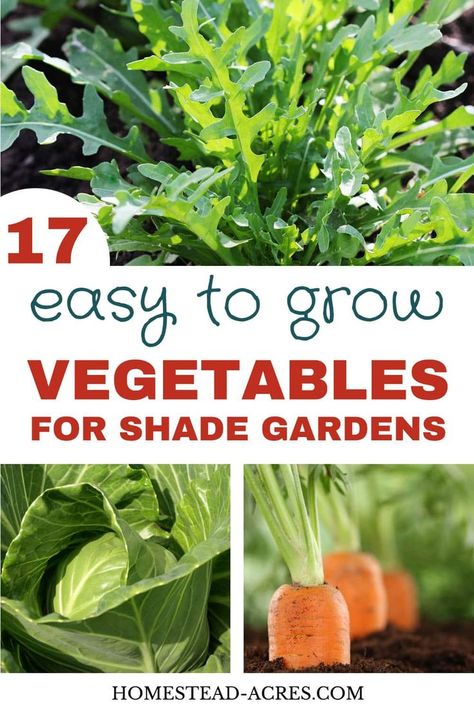 This will give the flower garden a natural look. For shady areas of the garden, it will be the most suitable.
This will give the flower garden a natural look. For shady areas of the garden, it will be the most suitable.
For heavily shaded garden areas, choose shade-tolerant crops with the brightest (primarily golden) and white flowers. This will help to "lighten" and noticeably revive a rather dull picture of "dark corners".
Carefully study which flowers grow in the shade and do not plant them in sunny beds: they can simply die there.
Be sure to alternate plantings with white and golden flowers with bright, contrasting ones (scarlet, bright red, orange). However, there should be at least twice as many light colors in the flower bed.
To keep the shady areas of your garden attractive for longer, plant crops with different flowering times in your flower beds. It is possible to grow both annual and perennial shade-tolerant crops in the same flower garden.
Shady areas are usually always saturated with soil moisture, so plant shade-tolerant crops there in flower beds at least 50 cm high.